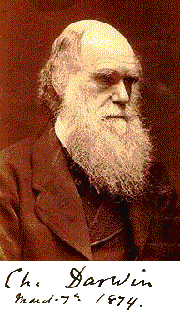 |
Evolution Links to our Past News of the Present Insight for the Future |

� Linnean Society of London |
Closing the gaps
 |
Evolution Links to our Past News of the Present Insight for the Future |

� Linnean Society of London |
Theropod/Sauropod split documented at 230 million years ago in Argentina; January 2011 |
|
|
|
New 164 million year old turtle documents transition
|
|
|
|
220 million year old fossil turtle from China
|
|
|
|
|
| |